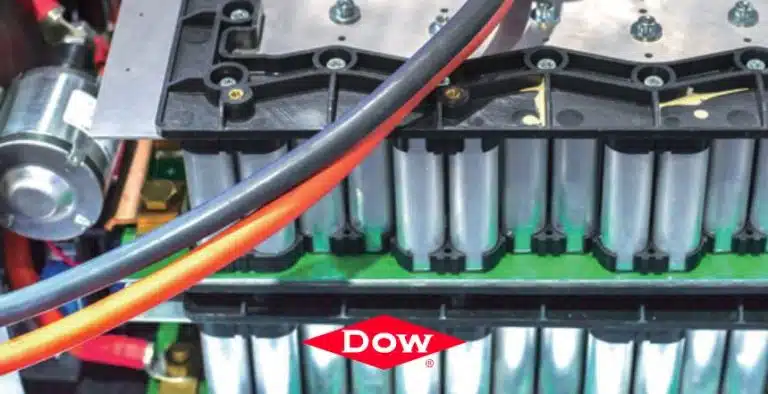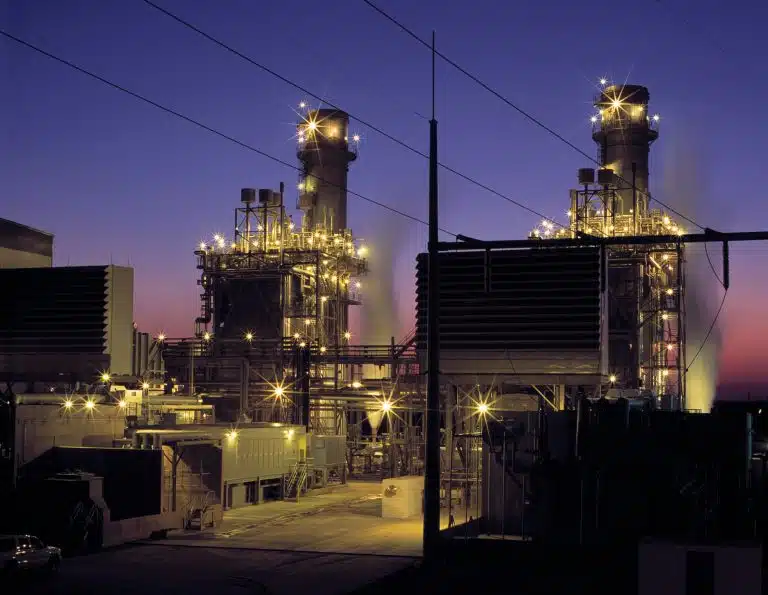Silicone Dispensed Foam Gaskets : Sealing and Gasketing
With the information below you will be able to introduce yourself into the Silicone Dispensed Foam Gaskets world.
40+ Years of Silicone-based Solutions
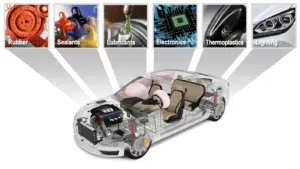
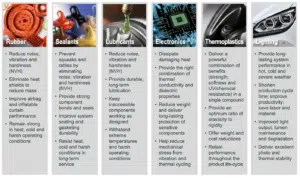
Agenda
Dispensed silicone discussion – gaskets and seals terminology
- Unique properties of silicone
- What are silicone dispensed foam gaskets (DFG)?
- Common applications
- Design considerations
- Equipment requirements for DFG
- Questions/discussion
Unique Properties of Silicones
- Performs in temperatures from -70 to 200˚C
- Withstands weathering, ozone, corona, radiation, moisture, chemicals, weak acids and bases, oils and fuels
- Operates in automotive, aerospace and general industrial applications
- Chemically inert
- Physical properties can provide high tensile, tear, modulus, elongation, fatigue life, resilience, damping and compression set
- Provides low flammability and smoke
- Provides extended low temperature performance and low swell in fuels (fluorosilicones)
- Heat curing (HTV) and room temperature curing (RTV) materials allow for flexibility in design
Dispensed Foam Gasketing (DFG)
What is Dispensed Foam Gasketing?
- Two-part foam dispensed directly on a component and cured
- Platinum-catalyzed, room temperature or heat cure, 1:1 mix ratio
- Self-foaming – does not require an added blowing agent o Provides a low modulus sealing option.
- Typically used where the part needs to be serviceable
When to use Dispensed Foam Gasketing
- Seal in/out air, dust, dirt, water
- Low modulus needed for plastic parts
- Low compression set needed o Squeak and rattle elimination (NVH)
Chemistry
Hydrosilation (Addition Cure)

- Accelerated by heat
- No by-products
- Catalyst easily poisoned
- Variable pot life
Curing of Silicone Foams from Dow
When the A and B components are mixed, the following reactions occur:
- Hydrogen formation
- Formation of gas cells and cell growth (foam expansion)
- Curing (formation of the elastomeric network)
All reactions are temperature-dependent but at different rate constants
To ensure a homogeneous cell size distribution, a proper mixing of the components and proper dispense tip selection are essential
Foaming mechanism:
- DFG products from Dow create the foaming gas during the crosslinking reaction (hydrogen as by-product)
- Typical amount of H2 evolved: 0.5-1.3 g/kg product (based on “worst case” consideration using low density 8257 foam)
- Typical expansion ratio: 1:2.5 to 1:4
- To ensure optimal foam structure a good mixing of the components is required
- In case of dynamic mixing air nucleation is typically recommended
DFG Applications

Typical Automotive Applications:
- ABS brake modules
- Power distribution/ECU Modules
- Filter housings
- Beauty covers
- Transportation inspection covers
- Thermostat housing
- Timing chain and timing belt covers
- Wheel cover
- Exterior lighting
- NVH/acoustic
CIPG/DFG: Primary Design Considerations
- Bead design
- Aspect ratios
- Flange groove/void volume design
Gasket Bead Design
Generally limited to rounded, hump shape

Aspect Ratio

Potential issues with high aspect ratios:
- Leaves small area for adhesion
- Could have roll-over tendency

High aspect ratios can contribute to bad knit lines
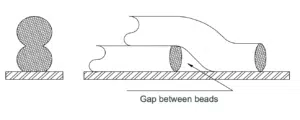
CIPG/Non-slump Silicone Dispensed Foam Gaskets Designs

DFG Special Situations
Stacked beads may be possible if using SILASTIC™ 3-8186 Thixotropic Foam due to low slump nature of the material.
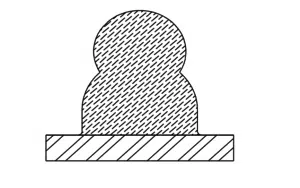
Processing
CIPG and DFG typically require:
- Fixturing
- Meter/mixing o Robotic dispensing o Oven curing
Can be manual or highly automated for mass production
Typical Layout of a Production Line: DFG/CIPG

Processing
Fixturing:
- Good fixturing is critical for repeatable/accurate dispensing
- Corrects for part-to-part variation
- Maintains part alignment
- Poor fixturing leads to irregular gasket beads
Typical meter/mix dispense systems contain:
- Material feed pumps
- Teflon-lined stainless steel flex hoses
- Material filters
- Pressure regulators
- DC Servo motor rod-displacement metering (preferred)
- Air operated dispense gun, and static mixer elements
Robotic Dispensing:
Multiple dispensing axis depending on part complexity; robot provides an even, accurate and repeatable gasket bead with high throughput
Dispense Options:
- Articulated arm
- Cylindrical (SCARA)
- XYZ gantry
- Oven curing is typically used to cure the seal materials*
-
- Basic oven types:
- Infrared
- Gas fired
- Electric heated
- Basic oven types:
- Any method that heats the seal material is acceptable, heat is the important factor
*Except for DOWSIL™ 3-82XX series dispensed foams
Typical CIPG/DFG Application Cell


Summary: Main Considerations for Sealing and Gasketing
Does this part need to be serviceable?
-
- Yes: CIPG, DFG
- No: FIPG
Does this gasket need to seal in fluids (oil, coolant, etc.)?
-
- Yes: CIPG, FIPG
- No: DFG
Does the gasket need to seal in pressure?
-
- Yes: CIPG, FIPG
- No: DFG
Is there capital for equipment? Y/N?
How many parts*?
-
- 100,000 or less usually FIPG
- 100,000 or more, CIPG, DFG
*Ball-park numbers – simply used for reference

